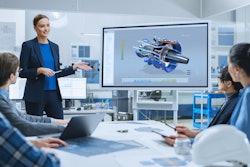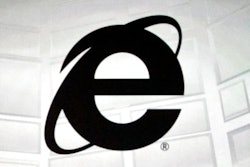If you’re new to the prototyping world, the words and phases we assemblers use might not make sense. Here are the PCB assembly process definitions as we see them.
1. Prototype PCB Assembly
With prototyping, flexibility is the key. You want an assembler that can put just about any part on just about any board in as little as 24-hours. To do this, each prototype PCB assembly order requires personal attention. That said, assemblers don’t keep the sort of statistical data that a production process would need. They also don’t invest in set-up and documentation for prototype builds, as we assume that the order will not be done again or will change if it’s run again.
2. Repeat Prototype
Generally, a repeat prototype assembly order is the same as an initial prototype order. To maintain the maximum level of flexibility and responsiveness, assemblers don’t develop and keep a specific process for prototype PCB assembly orders. Instead, each one gets personalized attention. In most cases, a second prototype assembly order will have one or more changes, so any processes would need to be customized again anyway. At Screaming Circuits, we do keep the stencil for 30 days, so if the order does not have any solder paste layer changes and repeats within that time frame, you will not be charged for a new stencil.
3. Pilot Production
This is a short run of boards assembled in a standard manufacturing process prior to turning on volume production. It is designed to ensure the reliable manufacturability of the boards. This is where you start to see a difference between PCB assemblers and their processes. Volume production processors, like our parent company Milwaukee Electronics, use a pilot production run to ensure the manufacturability of the design and make any changes necessary to ensure consistent quality and low-cost. A pilot production run would typically be followed up with long-term volume production. In most cases, the assembler would discuss transferring a true pilot production job to volume production.
4. Short-Run Production
Like a prototype, short-run production could be just a few boards to just a few hundred per month. It could also be a single run. The key difference between a prototype and a short-run production board is in the end destination. Typically, if a board is going into a saleable product, we would call it a production build — even if it’s just a single board.
5. Volume Production Electronics Manufacturing
Again, production boards are going into a saleable product. Most volume production electronics manufacturing process is optimized for quality and cost, but include enhanced process documentation and include electrical testing if requested.
Duane Benson is Chief Technology Champion at Screaming Circuits.






















